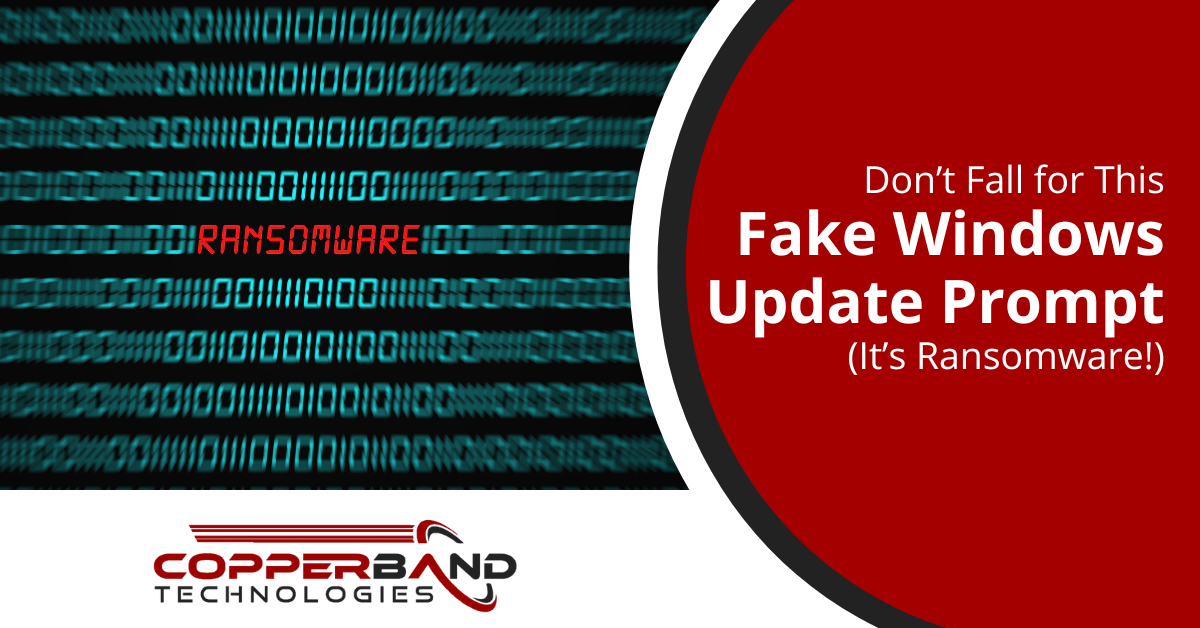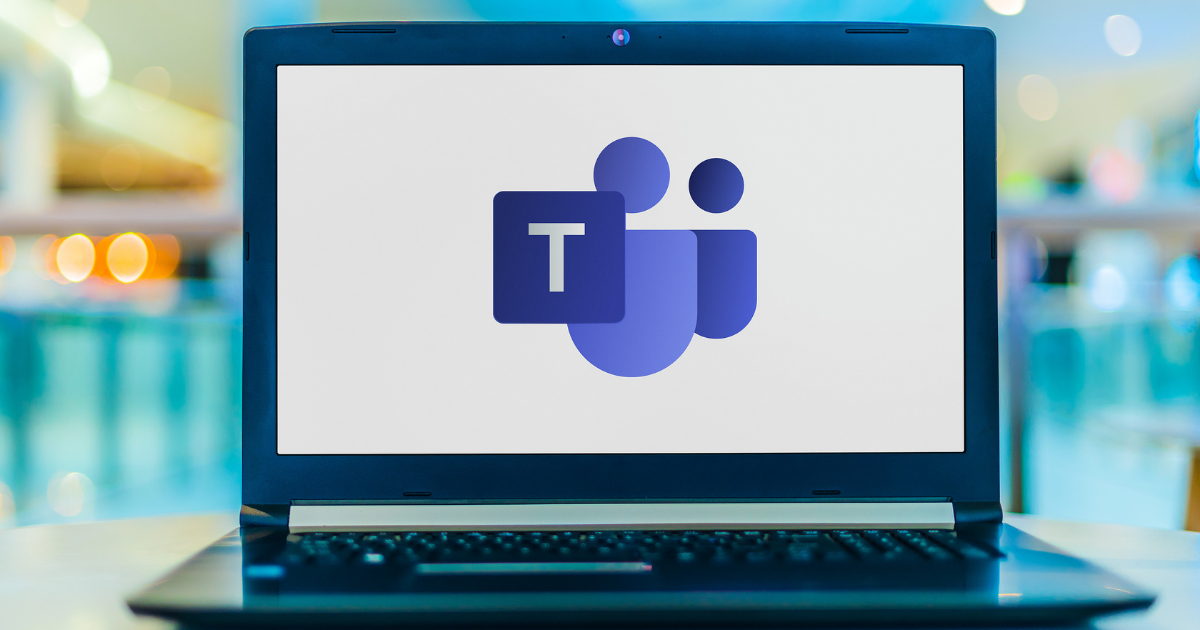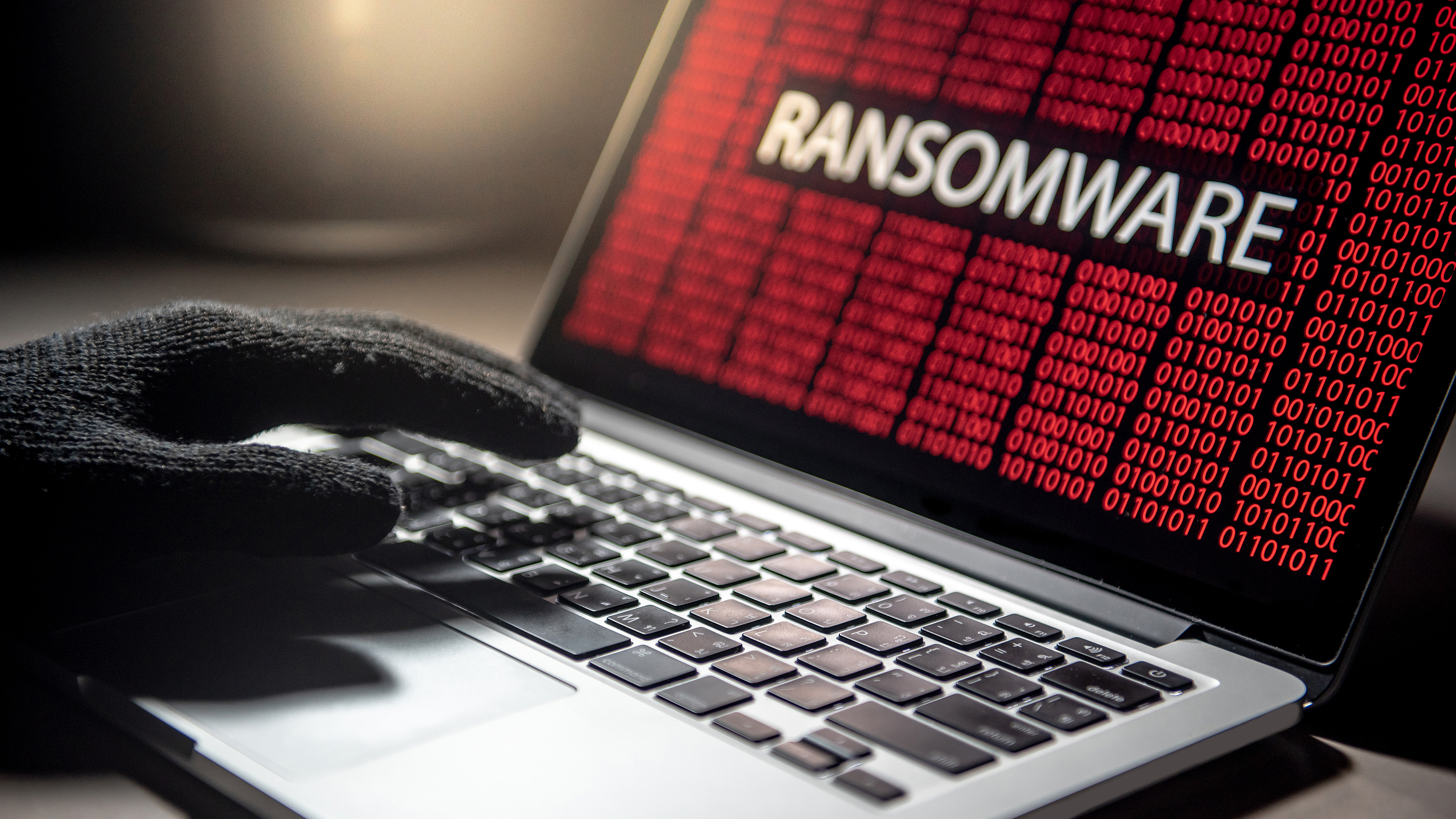Don’t Fall for This Fake Windows Update Prompt (It’s Ransomware!)

Cybersecurity researchers have unearthed a new ransomware strain dubbed ‘Big Head,’ posing a significant threat to individuals and organizations alike. This malicious software leverages deceptive tactics, masquerading as fake Windows updates and Microsoft Word installers to infiltrate unsuspecting systems. The consequences of falling for this ruse can be disastrous, resulting in encrypted files, compromised data, and potential financial loss.
In this article, we will delve into the inner workings of the ‘Big Head’ ransomware. We will explore its infection vector and execution methods. We’ll also examine the devastating impacts it can have on victims and offer essential tips on how to protect yourself and your organization from falling victim to this insidious cyber threat.
The Deceptive Infection Vector
‘Big Head’ ransomware is believed to be propagated through malvertising campaigns. That is to say, attackers take advantage of online advertisements to lure users into clicking on malicious links or downloading infected files. These malicious ads often present themselves as legitimate Windows update prompts or Microsoft Word installers. Additionally, they trick users into believing they are performing a necessary system update.
Upon clicking the fake update prompt, the ransomware is stealthily installed on the user’s system, initiating the vicious attack. Security researchers have noted that this type of deception is becoming increasingly sophisticated. This makes it even more challenging for users to discern genuine updates from malicious ones.
Identifying the Malware’s Execution Process
Upon successful installation, the ‘Big Head’ ransomware deploys a .NET binary on the victim’s system, launching its malicious payload. Additionally, this payload contains three AES-encrypted files, each serving distinct purposes within the ransomware’s operation.
- Propagation Module: The first encrypted file is dedicated to the propagation of the malware. It ensures that the ransomware can spread further within the victim’s network, potentially infecting other connected devices or systems.
- Telegram Bot Communication: The second encrypted file facilitates communication with a Telegram bot. This enables the attackers to issue commands and control the ransomware’s behavior remotely. This communication channel serves as a means for the attackers to receive payment instructions and decryption keys from the victim.
- File Encryption and Fake Update: The third encrypted file plays a dual role. It encrypts the victim’s files, rendering them inaccessible. Secondly, it presents the user with a convincing fake Windows update interface. This clever disguise adds an extra layer of deception, making it more likely for users to fall into the trap.
The Devastating Impact
Once the ‘Big Head’ ransomware has successfully executed its encryption routine, it leaves a trail of chaos and destruction in its wake. Furthermore, victims find themselves unable to access critical files and data, causing severe disruptions to their personal lives or business operations.
For organizations, the consequences can be dire, leading to significant financial losses, reputational damage, and potential legal liabilities if sensitive customer data is compromised. The ransomware operators demand hefty sums of money as ransom, often in cryptocurrencies, to provide decryption keys and release the encrypted data. Paying the ransom is no guarantee that the attackers will uphold their end of the bargain, leaving victims in a difficult situation.
Protecting Yourself and Your Organization
Prevention is key when it comes to safeguarding against ransomware attacks like ‘Big Head.’ Implementing a multi-layered approach to security can significantly reduce the risk of falling victim to such threats. Here are some essential measures to consider:
- Regular Software Updates: Ensure that your operating system, applications, and security software are up to date. Regular updates often contain patches to vulnerabilities that cybercriminals exploit.
- Exercise Caution with Emails and Ads: Be cautious when clicking on links or downloading attachments from unfamiliar emails or ads, especially if they claim to be software updates. Verify the authenticity of such communications through official channels before taking any action.
- Backup Your Data: Regularly back up your critical data to an offline or secure cloud storage location. In the event of a ransomware attack, having a recent backup can prevent data loss and negate the need to pay the ransom.
- Use Antivirus and Antimalware Solutions: Install reputable antivirus and antimalware software on all devices to detect and block ransomware threats.
- Educate Employees: Educate employees about the dangers of clicking on suspicious links or downloading files from untrusted sources. Create a culture of cybersecurity awareness within your organization.
- Network Segmentation: Employ network segmentation to restrict the spread of ransomware within your organization’s infrastructure, isolating infected devices and preventing lateral movement.
Protect Yourself Today
The ‘Big Head’ ransomware poses a significant threat to individuals and organizations alike, capitalizing on deceptive Windows update prompts and Microsoft Word installers to infiltrate systems and wreak havoc. By understanding its infection vector and execution methods, we can take proactive steps to protect ourselves and our businesses.
Remaining vigilant and implementing robust cybersecurity measures are paramount in safeguarding against ransomware attacks. Regular software updates, cautious online behavior, data backups, and employee education play crucial roles in fortifying our defenses against this ever-evolving threat landscape.
As we continue to navigate the digital landscape, let’s remain steadfast in our commitment to cybersecurity, staying one step ahead of cybercriminals. Together, we can create a safer online environment for everyone.
For further information on securing your organization from cyber threats, feel free to contact Copperband Tech. We are here to assist you with any cybersecurity concerns you may have. Stay safe and vigilant!






